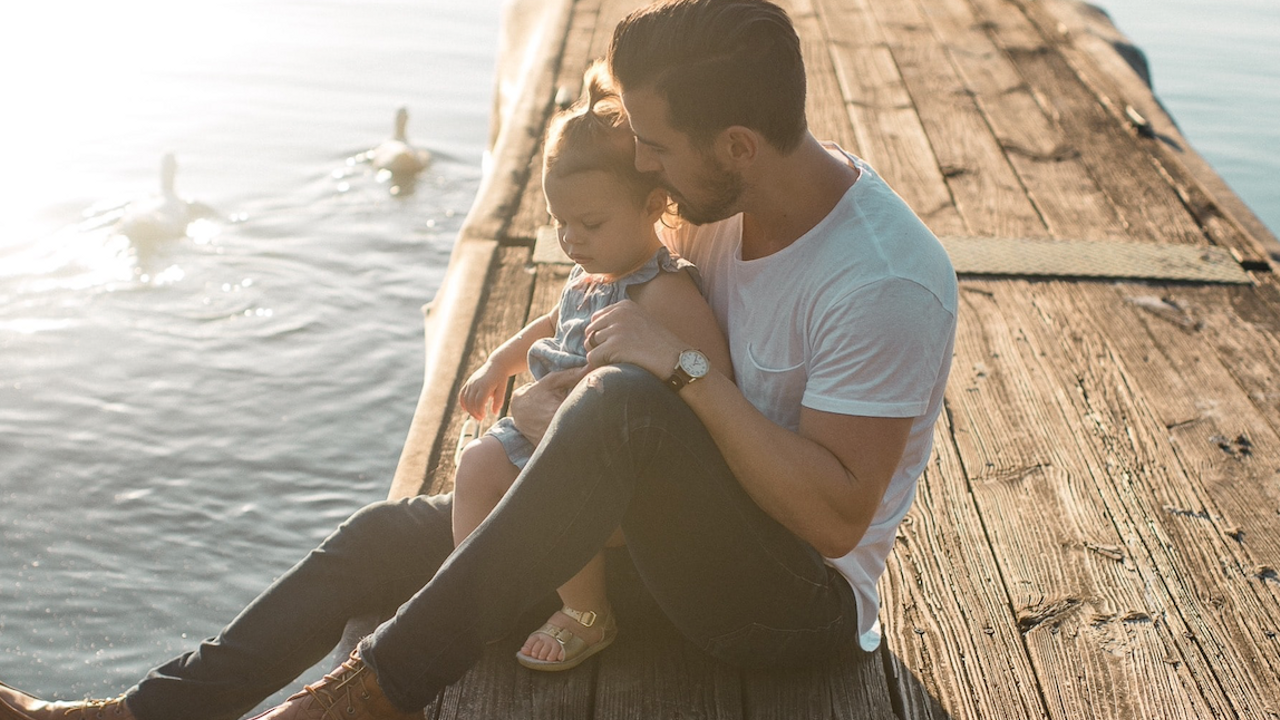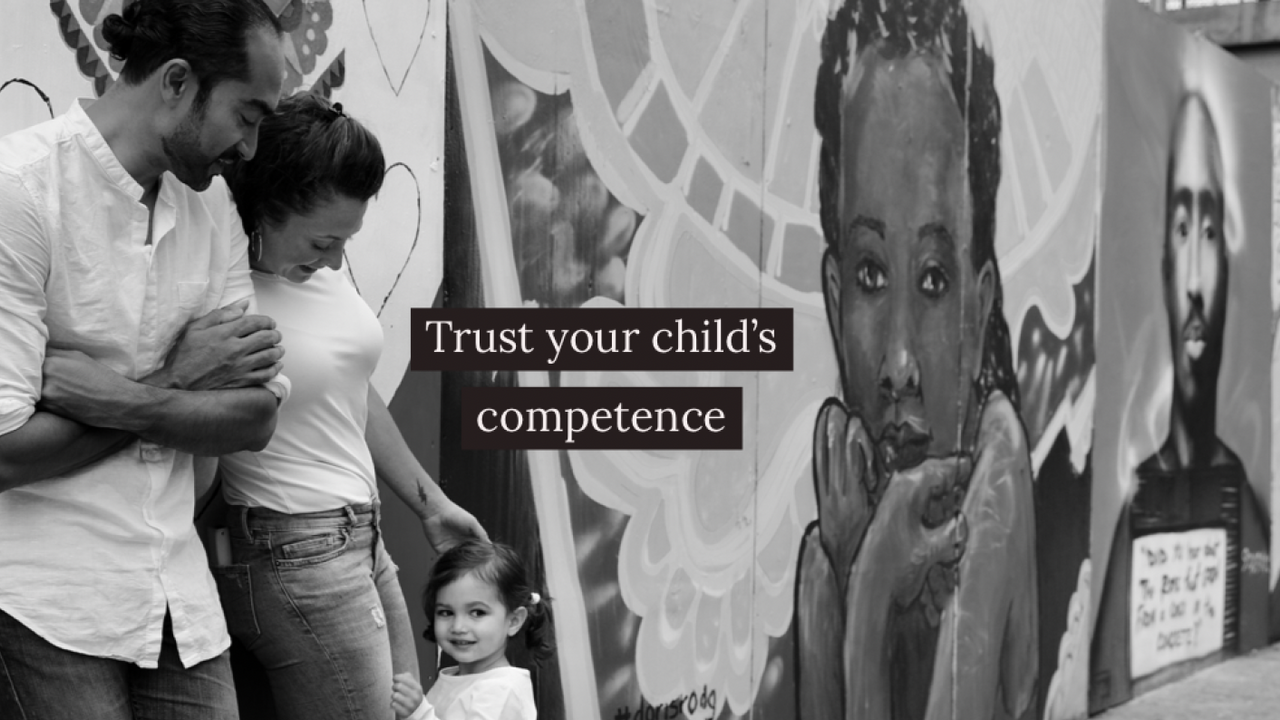The Power of Acknowledgement
Feb 28, 2021
To be acknowledged is to feel seen, heard, understood and validated.
It doesn’t mean to pacify, fix, entertain, distract or even make better.
When it comes to our kids, usually the first instinct is to stop the crying, screaming or any other emotional outburst that makes us feel triggered and uncomfortable. Especially when we are out in public!
But you cannot hurry someone through an emotional response.
Though we may want, wish or try to, the best thing we can do for ourselves and for our children is to acknowledge what they are feeling and hold the space for it to be expressed. (Easier said then done but please, stay with me!)
When parents and caregivers acknowledge and not distract or redirect, the child tends to move through big emotions and calms much quicker.
When we try to fix, end, ignore or diminish whatever our child is feeling, we send the message that the feeling is wrong, bad or unacceptable and shouldn’t be expressed. We must try really hard not to deny their emotional state even if we think it is illogical, irrational or even just annoying and frustrating.
In that moment, we can acknowledge what our child is feeling while also learning about ourselves. Cause let’s be honest, parenting is one of the biggest opportunities for growth we will ever be given and one of the biggest triggers.
I remember when my daughter was a newborn and whenever she cried, I would feel like pit in my stomach, gut wrenching even, and would do anything to make it stop. Even though I would regularly acknowledge her feelings (even from the earliest days), I also came to realize I wasn’t comfortable with her preferred (and ONLY!) method of communication so I really had to work on myself to find a level of calm whenever she experienced discomfort. I became better attuned to her needs while not feeling like the world was ending.
So how do we acknowledge in a way that honors and respects our children, that doesn’t deny or distract them but allows the space and freedom for authentic self-expression?
It begins with truthful narration. Usually when my daughter expresses an unpleasant emotion, I will say something like, “You’re upset because you want another lollipop and I said no. It’s hard when you want something that you cannot have.” I am basically validating her experience (she’s upset and wants more candy) while standing firm in my boundary (I said no).
I also get down on to her level, make eye contact and stay close and calm. Babies and children are extremely attuned to nonverbal communication so my job is to remain centered and neutral but honest with my own feelings. I try to have alignment of tone, affect and physical appearance so I am not attempting to say something kind but through gritted teeth!
It is important to aim for a warm matter of fact tone but with a degree of firmness that feels right for you but that also does not imply negotiation. So don’t end a sentence with ok, ok? It makes children feel like there is an option when in reality, there probably isn’t! Though we may be checking for comprehension and that our children hear us, they think whatever we are asking has the possibility of being optional. Clear, concise, acknowledgement sets realistic expectations and gives children contextual understanding of the situation. Here are some examples from my own life:
“Wow. You are really frustrated you can’t put those blocks together. I can see how hard you are trying.”
“You’re angry I won’t let you climb on the table. It is not a safe space for climbing.”
“You are so upset because we have to leave the playground. You are having much fun here. We can come back again tomorrow but right now we have to go home.”
So it’s not a “BECAUSE I SAID SO” and instead a “I see you. I hear you. But here’s what’s happening.”
In this process, I try to acknowledge my own self and emotions too. I’m honest about whatever I am feeling so she understands from an early age that her parents are human too. I don’t pretend I am fine when inside I’m ready to explode. Just by me saying out loud how I feel brings me relief, bolsters my patience and models authentic self-expression. I am not shying away from uncomfortable feelings or pretending they don’t exist. I want her to see me as I am even if I am feeling less than.
For example, when we need to leave the house and she is refusing to put on shoes, I will say, “I am feeling really frustrated right now. We need to leave and you are not putting on your shoes. Do you want to put them on yourself or do you want me to help you?”
(Choice is a powerful tool for cooperation but more on that later!)
Most importantly, acknowledging our children in their authentic self expression helps build emotional intelligence and comfort around big feelings. I want my daughter to be raised in a home where it is ok to feel. Actually more than that. Where it is encouraged to feel and space and acceptance are given to emotions so to create an environment to feel safe enough to express them without fear of being unlovable, shamed or guilted. Where everyone is entitled to their own feelings and validated in their experiences. (That doesn’t mean my daughter will always get her way but that does mean she can feel however she wants to feel about the boundaries we choose to implement.)
It’s definitely a process and at times messy but I feel this one of the most fundamental and pivotal aspects of RIE® and one that has tremendous value and wide, positive and long lasting repercussions in the years to come. Hopefully it still works in the teenage years!
Because wouldn’t it be wonderful if we were all validated in our feelings when we were growing up? How different the world might be!





